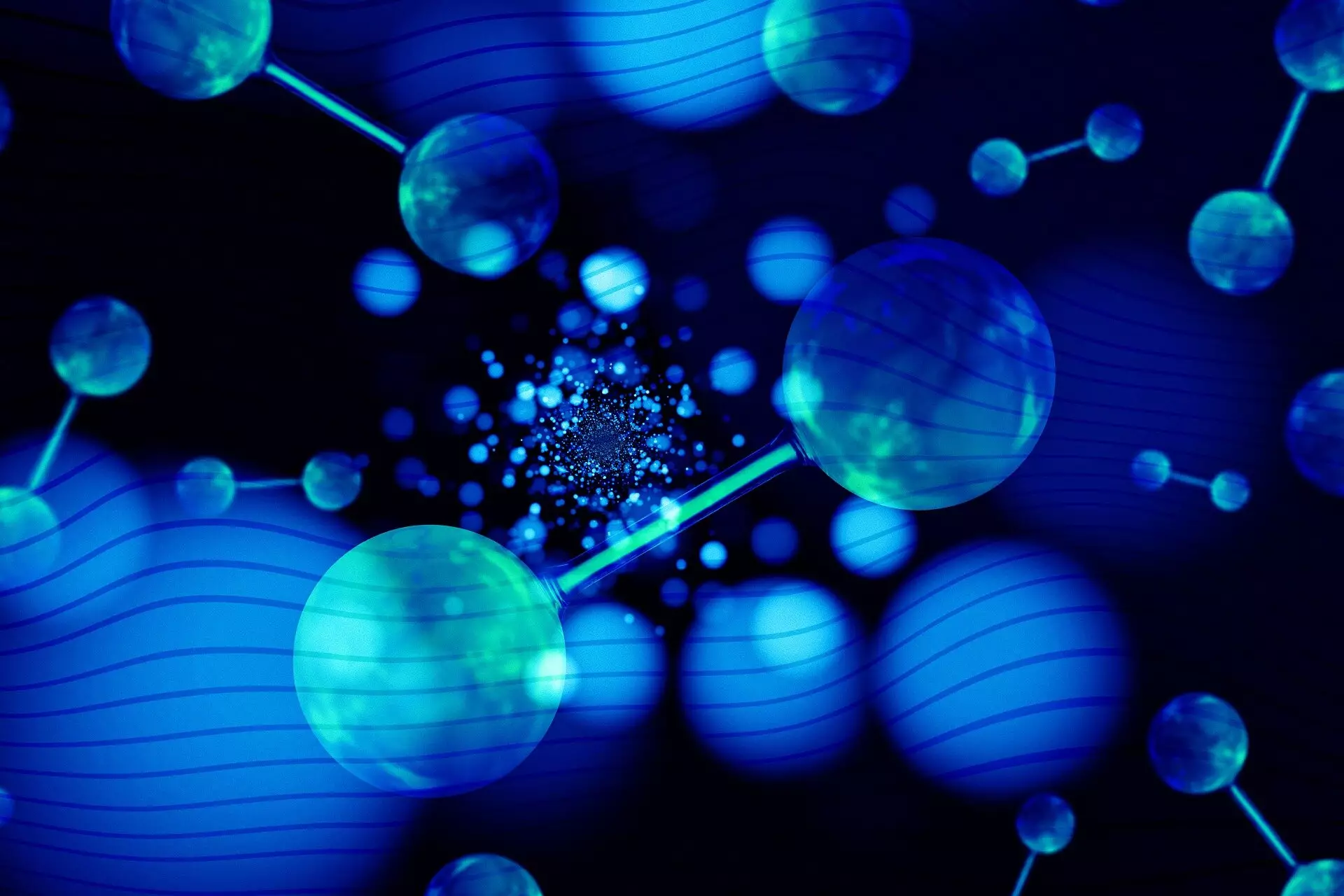In the realm of materials science, the durability of metals has long been heralded as a cornerstone of infrastructure integrity. Yet, the tale of hydrogen embrittlement—a perplexing phenomenon that undermines this very durability—has been a persistent puzzle for researchers since it was first identified in the 19th century. Predominantly, the phenomenon occurs in hydrogen-rich environments, where metals lose their structural integrity and begin to fracture unpredictably. Recent insights, however, courtesy of a cutting-edge study led by Dr. Mengying Liu from Washington and Lee University in collaboration with Texas A&M University, illuminate this complex issue, offering promising prospects for predicting metal failure.
The discovery hinges on a meticulous investigation of nickel-base alloys, specifically Inconel 725, which is renowned for its exceptional strength and resistance to corrosion. Through a series of carefully designed experiments, Liu and her team sought to understand the formation of cracks in materials once considered flawless. This nuanced approach is crucial; the implications of hydrogen embrittlement are not just academic but have real-world applications, especially as society pivots toward alternative energy sources.
Dissecting Existing Hypotheses
Traditional explanations surrounding hydrogen embrittlement have largely revolved around varying hypotheses, one of the most notable being the hydrogen-enhanced localized plasticity (HELP) theory. This theory posits that cracks in a material initiate at points where localized plasticity is the highest. However, Liu’s research contradicts this assumption, marking a significant turning point. “Our study debunks the notion that cracks begin where you expect the highest localized plasticity,” states Dr. Michael J. Demkowicz, a co-author and key figure in advancing this research. The assertion that cracks resulted from unexpected sites introduces an added layer of complexity to our understanding of embrittlement.
Tracking crack initiation in real-time, as demonstrated in Liu’s study, is a revolutionary approach. Historical methodologies focused on examining damaged specimens post-factum have hindered comprehensive insights into how hydrogen affects metal integrity during exposure. “Hydrogen escapes quickly from metals, obscuring the path it takes toward embrittlement,” Demkowicz points out. This groundbreaking study signals a paradigm shift—it’s no longer just about examining the aftermath; it’s about understanding the processes in motion as they happen.
Bridging Theory and Practice for Future Infrastructure
The implications of this research extend far beyond academic curiosity. As the world increasingly considers hydrogen as a cleaner alternative to fossil fuels, the infrastructure designed for fossil fuel storage and transport will need to confront the reality of hydrogen embrittlement. A predictive understanding of embrittlement can mitigate the risk of catastrophic failures, ensuring the structural reliability of future energy systems.
In practical terms, the findings of this study pave the way for more robust materials engineering. Knowing how cracks initiate not only enhances material selection but also informs the design of safer infrastructure to anticipate potential brittle failures. Dr. Liu and her team represent a critical intersection of scientific inquiry and practical application. They are taking steps to secure a future where hydrogen energy operates efficiently, safely, and sustainably.
Collaborative Innovation in Material Science
Notably, this research exemplifies the power of collaboration in academia, with input from doctoral student Lai Jiang alongside the leading role of Dr. Liu and the mentorship of Dr. Demkowicz. This tripartite effort underscores the importance of diverse expertise in tackling formidable challenges like hydrogen embrittlement. By pooling knowledge and resources, they have forged a path toward groundbreaking discoveries that could redefine how engineers and scientists approach metal fatigue in hydrogen-rich environments.
In essence, the ongoing evolution of hydrogen energy as a fundamental component of our future hinges on addressing issues like embrittlement. As this research continues to gain traction, it promises not just advancements in materials science but also a greater understanding of the future landscape of energy consumption.

